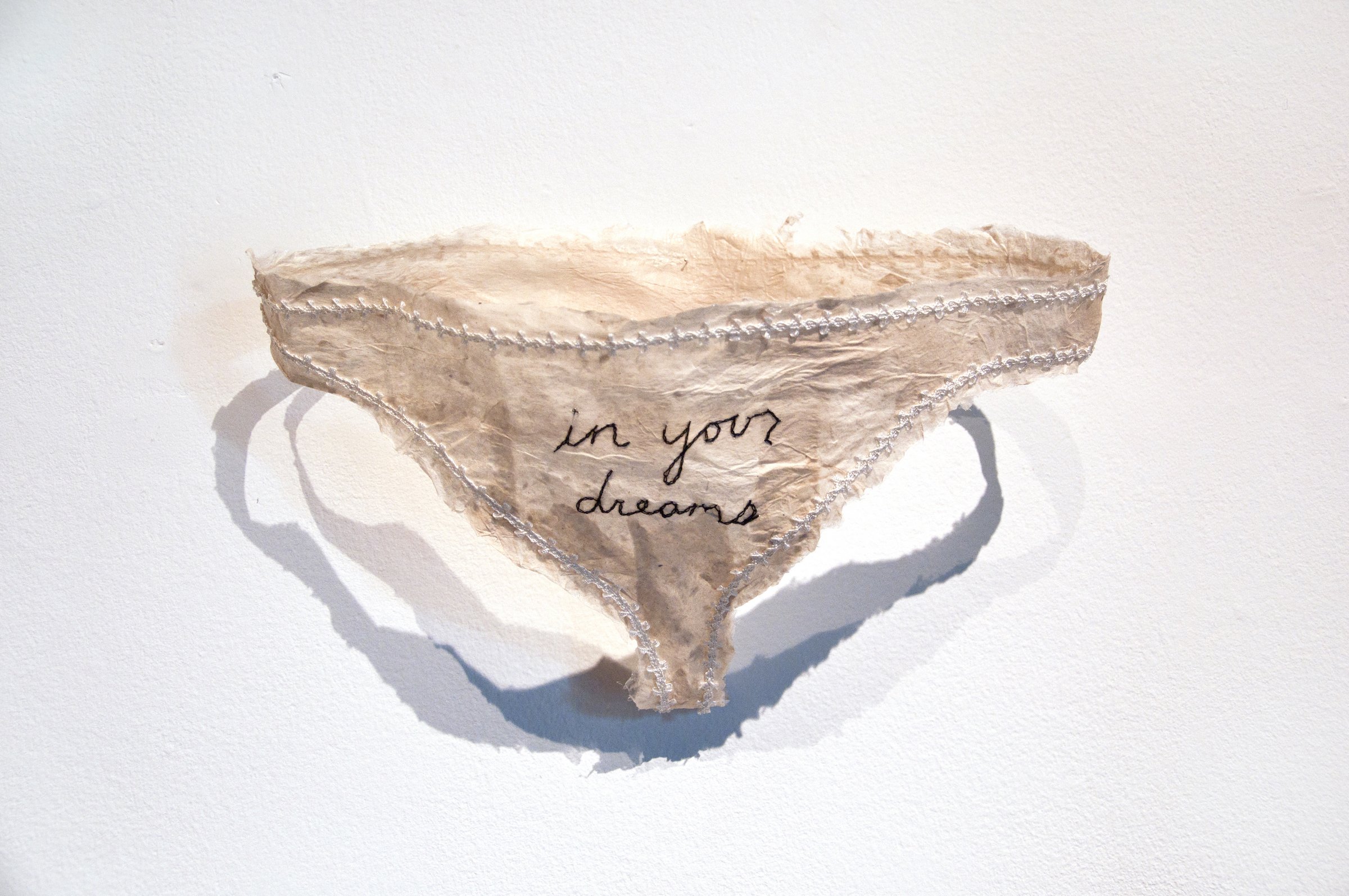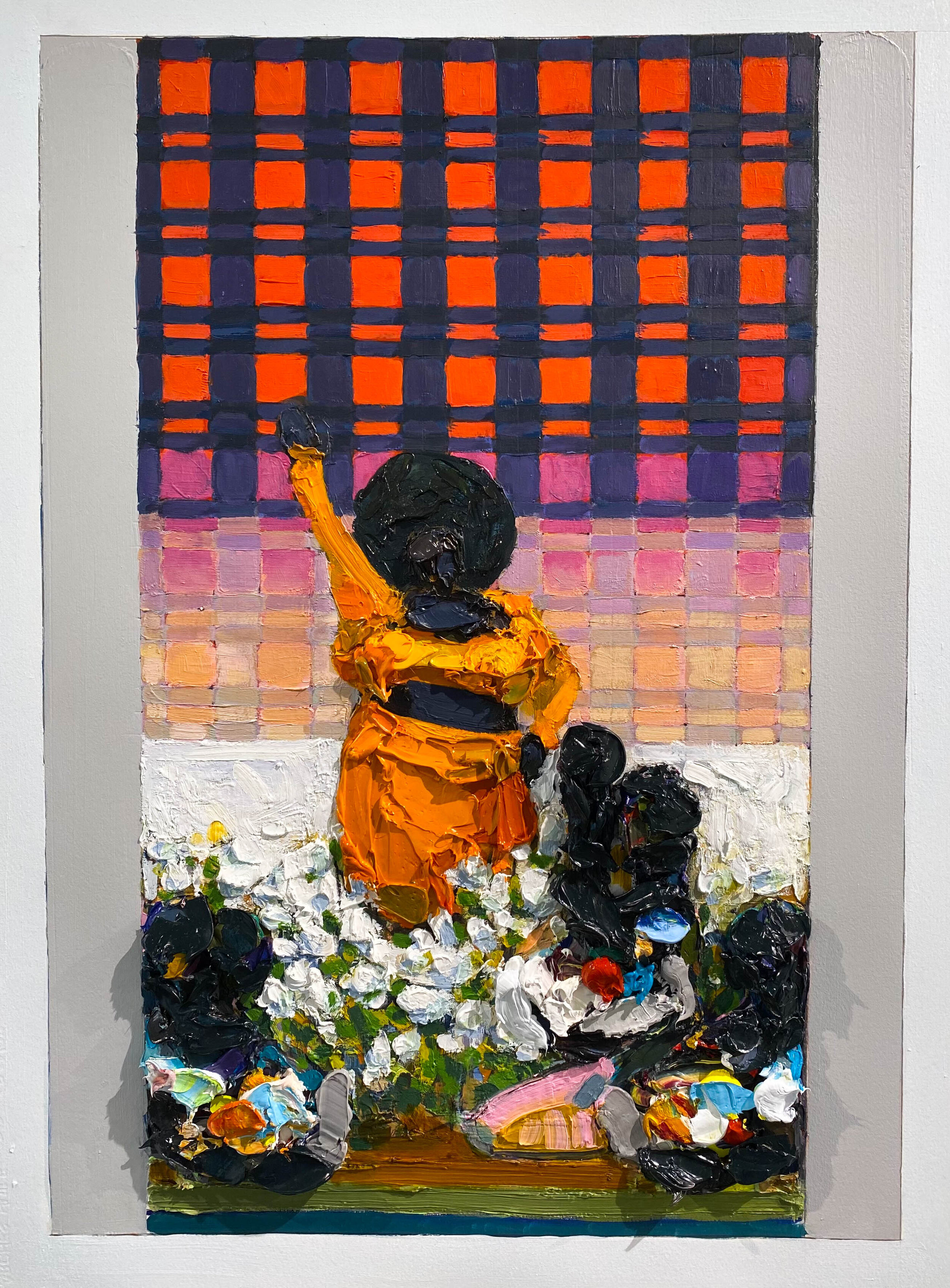Clint Baclawski: Departure
September 2 - October 16, 2022
Opening Reception: Friday, September 2 from 6:00 - 8:30 PM
Three years after the presentation of Fringe, Clint Baclawski returns to Abigail Ogilvy Gallery with his second solo exhibition of work - influenced by his travels during the pandemic. In the summer of 2021, Baclawski and his family set off on a cross country road trip, equipped with a large format camera. The resulting imagery works its way into this exhibition in a format that is entirely new for the artist.
Entering the exhibition, you are immediately confronted with awe inspiring imagery of Grand Teton National Park displayed on an impressive scale: divided into 5 sections, the image itself measures 8 feet tall by 25 feet long. This was the feeling Baclawski had when he came upon the staggering landscape in real time. “We were driving in - you round a bend and the image is right there, an iconic viewpoint.” The stunning mountains proved a natural transition from his past bodies of work, all revolving around mirrored imagery. Growing up as an identical twin, Baclawski has always had this concept of mirroring at the forefront of his mind, and it has always found itself central to his work.
Clint Baclawski, Departure, 2022. Scrolling lightbox kits, electronic ballasts, Latex prints, 2’ LED bulbs, speaker wires, power cords, Stinger cable power supply, matte black wall. 270" w x 108" h x 4.5” d
This new body of work leans heavily into this concept of likeness, as his chosen image depicts a mountain and its reflection in the clear stillness of a river. But unlike anything Baclawski has presented before, this time, instead of a single static image portrayed through lightbulbs, the image itself moves. The five sections, comprising one image, are divided and presented on a scrolling mechanism that the artist has mounted directly onto the gallery wall. As the image scrolls, it morphs from a seemingly idyllic landscape picture to the negative in an almost apocalyptic red at the end. The scroll waves slightly, mimicking the bend and movement of Snake River, which winds through the National Park for 50 miles.
Baclawski reflects, “what struck me about the rotating image is the reflection and how uniquely, perfectly symmetrical the water reflected the mountains. This has been a thread in my work for 14 years: the mirroring of an image.”
Baclawski’s sublime scene is reminiscent of the art historical greats who have long grappled with the awe and sanctity of the natural world. Just as Thomas Cole imbued his landscapes with moral, spiritual and political meaning, so too does Baclawski’s work explore nature as a conduit for meaning-making and symbolism. Similar to Cole’s resistance to the capitalization of land, Baclawski spins his own connection to advertising photography, which he studied at Rochester Institute of Technology. His ability to capture and disseminate without disrupting the earth, means that he is able to transverse a very specific site and experience across state lines and into our Boston gallery. Baclawski’s work has always explored these elements of advertising, inspired by his days in school when everything was shot on film and critiques took place on lightboxes. It was there that Baclawski fell in love with the backlit image and the sharpness of the large format camera. In this way, Baclawski has become well-known for capturing awe inspiring landscapes.
__
Clint Baclawski (b. 1981, Lewisburg, Pennsylvania) is a contemporary artist working with photography, technology, light, and space. His solo exhibition locations include San Luis Obispo, California; St. Louis, Missouri; Boston, Massachusetts; Edinburgh, Scotland; and group shows at the Chelsea Art Museum, Danforth Museum, Fort Wayne Museum of Art, San Diego Art Institute, The Jen Bekman Gallery, and the University College Falmouth in England. His work is included in private and institutional collections. Baclawski has been featured in FRAME magazine, The Boston Globe, The Creator’s Project, Boston Home magazine, Designboom, and The Collector’s Guide to New Art Photography Volume II. Clint’s studio is located in Boston’s South End.
Clint Baclawski, Departure, 2022. Scrolling lightbox kits, electronic ballasts, Latex prints, 2’ LED bulbs, speaker wires, power cords, Stinger cable power supply, matte black wall. 270" w x 108" h x 4.5” d







